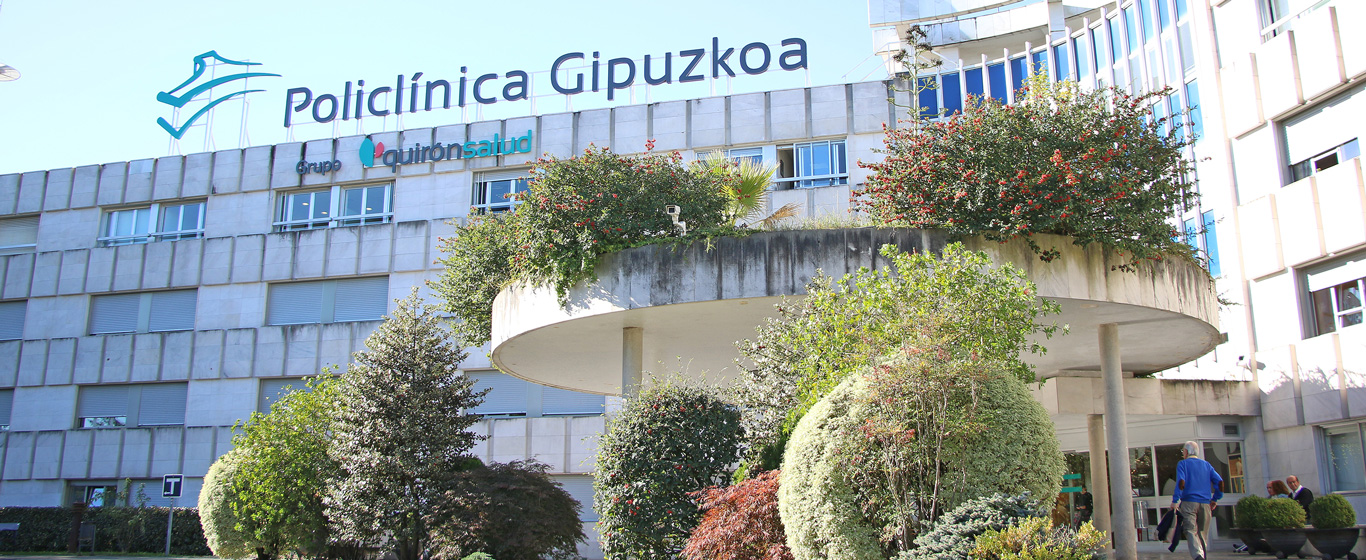Head and Neck Tumors
What is the life expectancy for head and neck cancer? All the information on prognosis, causes, and symptoms.
Symptoms and Causes
Head and neck tumors refer to malignant cysts located in the area between the paranasal sinuses and the larynx. This classification excludes skin, brain, and thyroid tumors.
These tumors can originate in the following areas:
- Oral cavity: tongue, floor of the mouth, hard palate, buccal mucosa, and alveolar ridges.
- Pharynx (throat):
- Upper part behind the nose (nasopharynx).
- Middle part including the soft palate, base of the tongue, and tonsils (oropharynx).
- Lower part extending to the esophagus (hypopharynx).
- Larynx: epiglottis, supraglottis, glottis, subglottis, and vocal cords.
- Nasal cavity and paranasal sinuses: the interior of the nose and the small air-filled cavities in the skull bones surrounding the nasal cavity.
- Salivary glands: parotid, sublingual, and submandibular glands.
The most common head and neck cancers originate in the larynx, oropharynx, oral cavity, and nasopharynx, in that order.
Symptoms
The symptoms of head and neck tumors vary depending on the location of the tumor:
Oral cavity:
- Non-healing ulcers.
- Whitish or reddish lesions.
- Persistent bleeding.
Pharynx:
- A painless lump in the neck.
- Pain when swallowing.
- Neck or throat pain.
- Ringing in the ears or ear pain.
- Hearing difficulties.
- Breathing difficulties.
- Rhinolalia: changes in voice tone, nasal voice.
Larynx:
- Difficulty speaking or breathing.
- Hoarseness.
- Pain when swallowing.
- Ear pain.
Nasal cavity and paranasal sinuses:
- Unilateral nasal congestion.
- Sinusitis unresponsive to treatment.
- Nosebleeds.
- Headache.
- Persistent tearing.
- Tooth pain.
Salivary glands:
- Swelling under the chin or around the jaw.
- Numbness or paralysis of facial muscles.
- Pain in the face, chin, or neck.
Causes
A tumor is an abnormal mass of body tissue caused by uncontrolled cell growth due to DNA mutations. Head and neck tumors typically arise from the squamous cells lining the mucous membranes of the mouth, throat, and larynx. The uncontrolled growth of these cells results in what are known as squamous cell carcinomas or epidermoid carcinomas of the head and neck.
Risk Factors
The likelihood of developing head and neck tumors increases due to the following factors:
- Smoking and alcohol consumption: The two main risk factors, particularly for tumors of the oral cavity, oropharynx, hypopharynx, and larynx.
- Human papillomavirus (HPV) infection: Can cause cellular changes leading to cancer of the oral cavity and pharynx.
- Epstein-Barr virus infection: Linked to nasopharyngeal and salivary gland cancers.
- Age: More common in individuals over 50 years old.
- Sex: More frequent in men than in women.
- Vitamin A and C deficiency.
- Poor oral hygiene.
- Ill-fitting dentures causing lesions.
- Radiation exposure: Increases the risk of salivary gland cancer.
- Inhalation of chemical substances: Linked to cancer of the nasal cavity and paranasal sinuses.
- Underlying genetic disorders: May increase the risk of developing precancerous lesions.
Complications
The prognosis for head and neck tumors varies depending on the size and location, but it is generally favorable if diagnosed early. However, as with any cancer, there is a risk of metastasis. If the tumor is aggressive and spreads to the cervical lymph nodes or distant organs (most commonly the lungs), survival rates decrease significantly.
Additionally, cancer may invade muscles, bones, or cartilage, reducing the chances of cure. In highly aggressive tumors, malignant cells can infiltrate the perineural space - the area surrounding nerves- drastically worsening the prognosis.
.
Prevention
To prevent the development of head and neck tumors, it is essential to eliminate the main risk factors:
- Avoid smoking and alcohol consumption.
- Get vaccinated against HPV.
- Avoid exposure to chemical substances.
What Specialist Treats Head and Neck Tumors?
Head and neck cancer is a complex disease requiring a multidisciplinary approach, involving specialists in otolaryngology, oncology, radiology, and oral and maxillofacial surgery, among others.
Diagnosis
To confirm a diagnosis of head and neck cancer, different tests are required:
- Physical examination of the oral cavity, head, and neck to check for sores, swelling, or lumps.
- Flexible fiberoptic laryngoscopy: A fibroscope—a flexible fiber optic device with light and a camera—is inserted through the nasal passages to examine the nasal cavity, pharynx, and larynx.
- Biopsy: A tissue sample is analyzed for cancer cells. For neck masses, a fine-needle aspiration biopsy (FNA) is performed, while oral lesions require an incisional or brush biopsy, and throat lesions are examined through an endoscopic biopsy.
- Imaging tests, such as MRI, CT scan, or PET scan, help determine the extent of the primary tumor and detect metastases in adjacent structures
Treatment
There are several treatment options for head and neck tumors. The choice depends on the cancer's location, aggressiveness, and the patient's overall health:
- Surgery: For early-stage tumors, complete removal of the tumor and surrounding tissues is performed through open or endoscopic surgery, sometimes using laser cutting.
- Radiotherapy: High-dose radiation (photons, electrons, or protons) is used to destroy cancer cells. Radiation is often applied to the cervical lymph nodes as well. While it is commonly used alongside surgery, it may cause damage to adjacent tissues. Proton therapy is preferable in cases where tumors are close to sensitive structures.
- Chemotherapy: Administered to destroy cancer cells or prevent their proliferation. It may be given before surgery to shrink the tumor, after surgery, or in combination with radiotherapy to enhance its effectiveness. Due to significant side effects, it is mainly reserved for patients with widespread metastases.
- Targeted molecular therapy: Uses drugs targeting specific molecules essential for cancer cell survival and reproduction, such as small-molecule drugs or monoclonal antibodies.
- Immunotherapy: Involves biological agents like treatment vaccines, cytokines, or monoclonal antibodies to boost the immune system's response against cancer.
- Rehabilitation, reconstructive surgery, and palliative care: Patients may need rehabilitation therapy to regain organ function, reconstructive and plastic surgery (especially for oral cavity tumors), or prosthetic implants.













































































